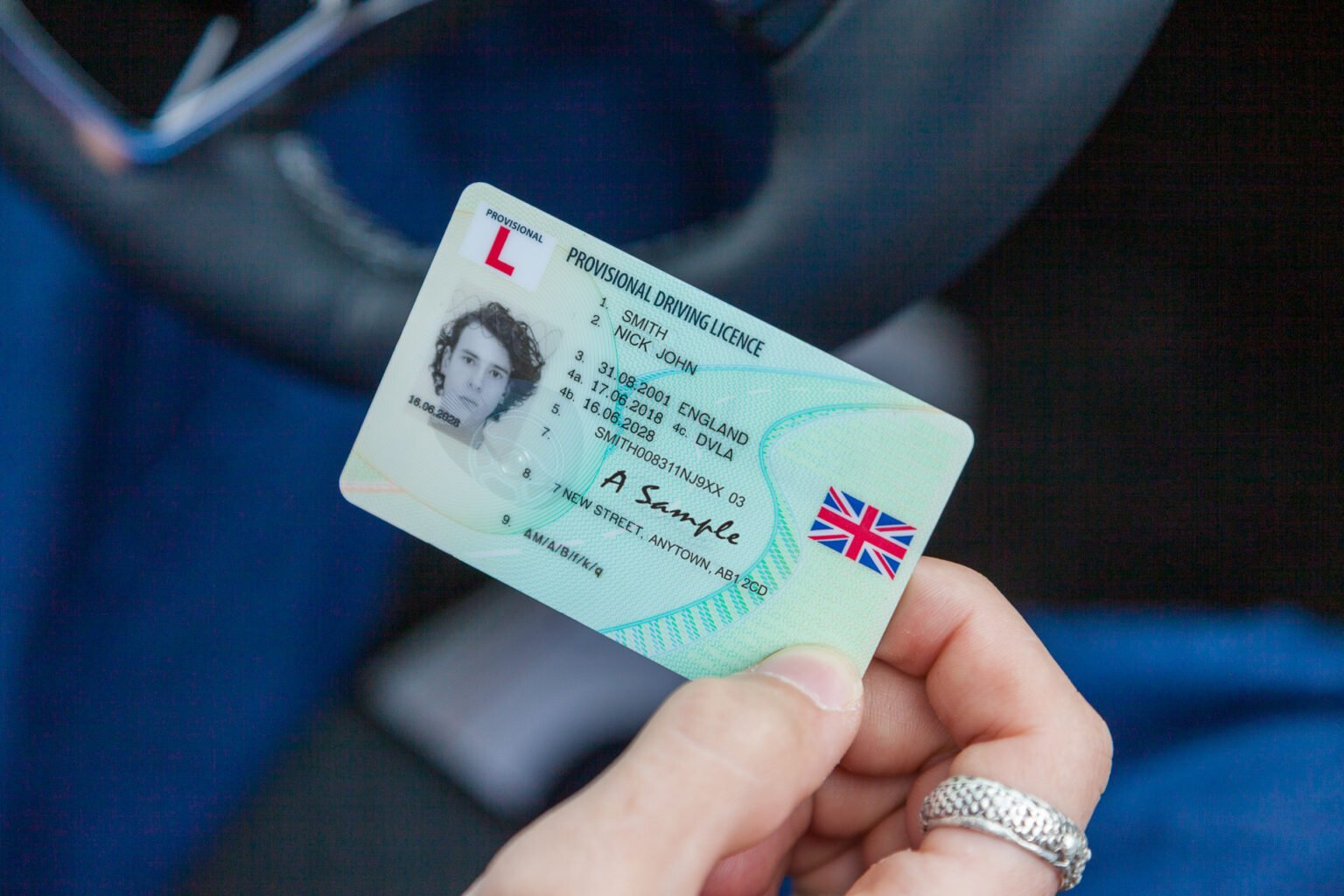London, August 2025— The UK’s Driver and Vehicle Licensing Agency (DVLA) made a rule change this August that will make it easier for many people to get permission to drive. About 18,000 Moldovan drivers living in Great Britain can now trade their national licenses for UK licenses without having to take the UK driving test.
A Smooth Changeover for Moldovan Drivers
Before the reform, Moldovan drivers who moved to the UK commonly ran into problems because most international licenses couldn’t be exchanged immediately. This meant that drivers had to either retake both theory and practical examinations or rely on limited-term privileges under their foreign license. Now, according to a new deal between the UK and Moldova, drivers who meet the requirements can apply to exchange their license straight through the DVLA. They don’t have to take any further lessons or tests.
The process is straightforward:
- Submit the DVLA’s standard D1 form (available from post offices or online).
- Provide the Moldovan licence, proof of identity and address, and a passport-style photo.
- Pay the applicable fee—currently £43 (as of August 2025).
- Expect the new UK licence in three to four weeks
DVLA officials described the change as part of a strategy to recognise legitimate driving qualifications and ensure that migrants can integrate into UK systems more fully—particularly vital for employment sectors like delivery, healthcare, or logistics, where holding a UK licence is often essential.
A big change is coming to road safety: the broader license landscape.
This Moldovan license exchange is a positive step toward making things easier for the government, but it comes at the same time as a considerably bigger change to Britain’s road safety legislation.
Drivers over 70 must get eye tests.
One of the most important changes that have been suggested is that drivers over the age of 70 must have their eyes tested every three years when they renew their license. If someone fails the test, they would automatically be banned from driving.
This improvement fixes the UK’s current system, which is one of the “laxest in Europe” for elderly drivers and only lets people report their own eyesight problems. A police poll on the side of the road discovered that 1 in 45 drivers failed a basic number-plate vision test. This means that up to a million drivers may not meet legal sight requirements, and most of them were older people.
Other Key Safety Measures
In addition to eyesight checks, the reform package being drawn up may include:
-
Lowering the drink-drive limit in England and Wales from 35 μg/100ml of breath to 22 μg, matching Scotland and most of Europe.
-
Allowing prosecutions for drug-driving based on road-side saliva tests, rather than slower blood tests .
-
Steeper penalties for uninsured driving, potentially unlimited fines and disqualification, plus tougher enforcement against “ghost plates” that evade ANPR cameras.
-
Licence points for seatbelt non-compliance—especially for back-seat passengers—replacing or supplementing the current fine-only system.
The planned road safety plan, which is said to be the most comprehensive since the 2006 Road Safety Act, is set to start this fall, followed by a time for the public to give their input.
Road Safety Context: Why Change Is Urgent
Though road deaths and serious injuries plummeted between 2000 and 2010, progress has since stagnated. In 2024, for instance, 1,633 people were killed and nearly 28,000 seriously injured on UK roads—a plateau prompting calls for urgent action
Motorists aged 60+ have seen a 47% increase in fatal or serious-injury collisions since 2010, further highlighting the need to reassess licensing and safety assurances
AA President Edmund King emphasises that the time for reform is overdue and that real safety gains are possible—potentially saving 58 lives and preventing 934 serious injuries annually based on analogues in Australia and Canada
Conclusion
The DVLA’s change in August 2025 that lets Moldovan drivers transfer their licenses makes things easier and fairer for almost 18,000 foreigners who want to drive in the UK. At the same time, the timing ties in with a wider, more ambitious effort to reform the regulations for driving in the UK. This effort will focus on road safety, medical fitness, and keeping the standards up to date. These measures, which will be put into operation later this year, will affect the way people drive in Britain for a long time.

